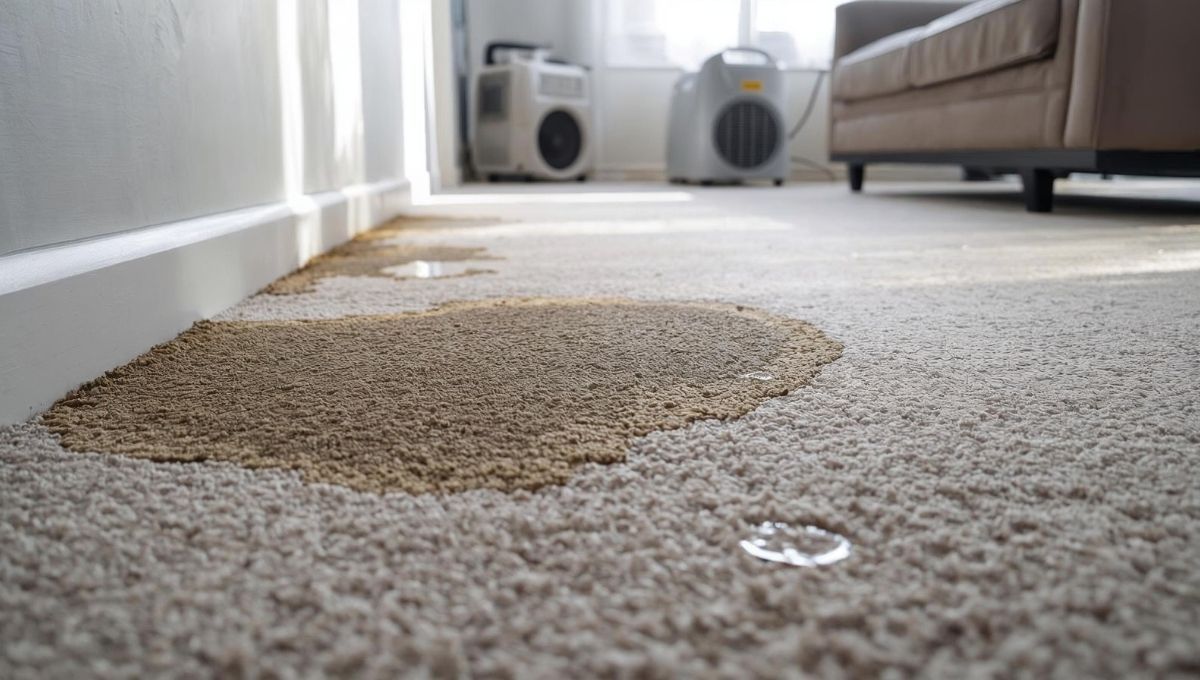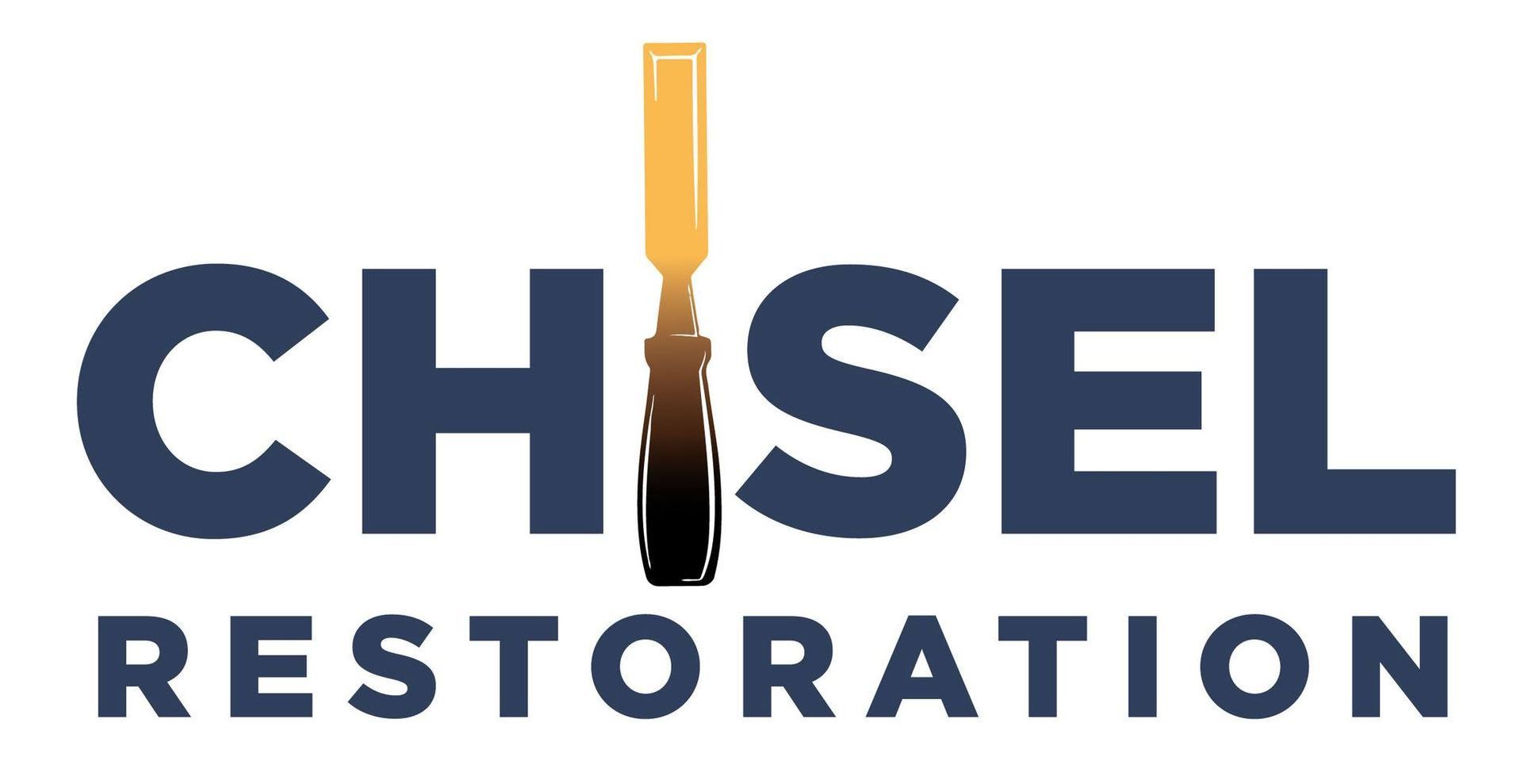Removing Mold Damage on Leather: Complete Restoration Guide
Removing mold damage on leather is a delicate but essential process for protecting your valuable items and your health. In humid areas like Ocala, FL, moisture and warmth can quickly lead to mold growth on furniture, shoes, and even car interiors. At Chisel Restoration, we understand how frustrating and concerning it can be to find mold on your favorite leather pieces or inside your home.
If you suspect mold damage, don’t wait for it to spread. Schedule a professional inspection today through our Google Business Profile and let our experts handle the cleanup safely.
What Causes Mold on Leather and Why It Spreads Fast
Leather is a natural, porous material that easily absorbs moisture from the air. In areas like Ocala, where humidity can stay high for much of the year, that moisture can linger long enough for mold spores to take hold. Even a small amount of dampness, such as water from a storm, flood, or spill, can create the perfect breeding ground for mold.
Common causes of mold growth on leather include:
- Storing items in dark, poorly ventilated areas like closets or garages.
- Exposure to water damage from storms or leaks.
- High indoor humidity due to Florida’s subtropical climate.
- Organic residues such as body oils or dust, which provide food for mold spores.
Once mold appears, it spreads quickly. The visible mold you see on the surface is only part of the problem; spores can penetrate deep into the leather’s fibers, causing stains, odors, and long-term damage if not treated properly. In addition to damaging your belongings, mold exposure can also lead to respiratory irritation and allergies, making fast action important for both your property and your well-being.
Step-by-Step Guide to Remove Mold from Leather Safely
You can clean small spots of mold on leather yourself if you act early, but it’s important to use the right products and techniques. Harsh cleaners or excessive moisture can permanently damage the material. Follow these steps for safe mold removal:
1. Preparation
Before starting, put on gloves and a mask to avoid breathing in mold spores. Take the leather item outdoors to prevent spreading spores inside your home. Gather the following supplies:
- White vinegar or rubbing alcohol
- Soft, lint-free cloths
- A small brush with soft bristles
- Mild soap (if needed)
- Leather conditioner
2. Brushing Away Surface Mold
Using the soft brush, gently remove any loose mold from the surface. Avoid scrubbing aggressively, as this can grind the spores into the material. Dispose of the brush afterward or disinfect it thoroughly.
3. Cleaning the Leather
Mix a solution of equal parts white vinegar and water. Dampen (but do not soak) a clean cloth in the solution and gently wipe the affected area. Vinegar kills most common mold species while being gentle on leather. For stubborn spots, use a diluted rubbing alcohol solution (one part alcohol to one part water).
After wiping, use a dry cloth to remove any remaining moisture. Place the leather in a shaded, well-ventilated area to air dry completely. Avoid placing it in direct sunlight or using heat sources, which can cause the leather to crack.
4. Conditioning
Once the item is fully dry, apply a leather conditioner to restore its natural oils and flexibility. This step helps prevent dryness and future mold growth. Conditioning also brings back shine and suppleness, especially after vinegar or alcohol treatments.
5. Preventing Recurrence
Even after cleaning, spores can return if humidity isn’t controlled. Use a dehumidifier, ensure proper air circulation, and keep leather goods in breathable fabric covers rather than plastic bags. Regularly check storage spaces for dampness or leaks, especially during hurricane season in Florida.
If mold returns after cleaning, it’s a sign of deeper contamination or moisture issues in your property. That’s when professional restoration becomes essential.
Preventing Future Mold Damage on Leather
Once you’ve restored your leather items, it’s time to protect them. Prevention is the key to avoiding recurring mold problems, especially in Ocala’s humid climate.
Here are effective prevention tips from Chisel Restoration:
- Control Humidity: Keep indoor humidity below 50%. Use air conditioners and dehumidifiers in closed areas.
- Promote Airflow: Avoid storing leather items in sealed spaces. Leave closet doors open occasionally to allow ventilation.
- Clean Regularly: Dust and condition leather every few months. Mold thrives on organic residue, so keeping leather clean removes its food source.
- Inspect After Storms: After heavy rain or hurricanes, check all areas for leaks or moisture intrusion. Mold can develop within 24–48 hours of water exposure.
- Avoid Plastic Covers: Use cotton or breathable fabric to store leather. Plastic traps moisture and encourages mold.
, - Sunlight Exposure: Occasionally, place leather items in indirect sunlight to keep them dry and sanitized naturally.
Consistent maintenance can save you from the frustration of recurring mold problems. Still, some situations, especially after water damage, require professional restoration for complete safety and durability.
When to Seek Professional Leather Restoration
While mild mold can be removed with home cleaning, some cases demand expert intervention. Here’s when you should call professionals like Chisel Restoration:
- Severe Mold Growth: When mold covers large areas, causes discoloration, or produces a strong odor.
- Health Concerns: If anyone in the household experiences allergies, coughing, or breathing difficulties after exposure.
- Water or Storm Damage: Leather furniture, clothing, or upholstery exposed to floodwater or heavy moisture after hurricanes or plumbing leaks should be treated by certified technicians.
- Deep Penetration: When mold has entered seams, stitching, or padding, making it nearly impossible to remove without specialized tools.
Professional restoration teams like ours use advanced drying, cleaning, and antimicrobial methods to remove mold from both the surface and the underlying layers. We can also inspect your home or business to identify and fix the moisture source, whether from leaks, storm damage, or poor ventilation.
Our restoration process is safe for all leather types, including furniture, car interiors, handbags, and jackets. By using commercial-grade dehumidifiers, HEPA filtration, and eco-friendly cleaning solutions, we ensure your leather and property are fully restored and safe for use.
Why Choose Chisel Restoration in Ocala, FL
Chisel Restoration is Ocala’s trusted leader in mold, water, and storm damage mitigation. We’re a locally operated business dedicated to helping homeowners and businesses recover quickly and safely from property damage.
When you work with our team, you get:
- Certified mold remediation specialists who follow industry best practices.
- 24/7 emergency response for water and storm-related incidents.
- Advanced drying and dehumidification equipment to prevent recurring mold.
- Safe and environmentally conscious cleaning methods.
- Local expertise - we understand Ocala’s unique climate and its impact on building materials and furnishings.
We handle every step of the process, from inspection and containment to cleanup and full restoration. Whether your mold issue stems from a hurricane, plumbing leak, or Florida’s humid weather, we can restore your leather belongings and your peace of mind.
Protect Your Leather and Your Home from Mold Damage
Mold damage on leather isn’t just an aesthetic issue; it’s a warning sign of hidden moisture or structural problems. By acting quickly, you can prevent further damage, protect your health, and preserve the value of your property.
If you see signs of mold or water damage, don’t wait. Contact the trusted experts at Chisel Restoration for a professional inspection and customized restoration plan. Our local team in Ocala, FL, is ready to restore your leather items and eliminate mold safely and effectively.
FAQs About Removing Mold from Leather
1. Can I use vinegar to clean mold off leather?
Yes, white vinegar mixed with water (1:1) is a safe and effective solution for most types of mold. It neutralizes spores without damaging the leather when used correctly.
2. Will rubbing alcohol damage leather?
Rubbing alcohol can remove mold, but it may also dry out the leather. Always dilute it with water and follow up with a conditioner to restore softness.
3. Can moldy leather be saved?
In most cases, yes. Even severely mold-damaged leather can often be restored by professionals using specialized treatments.
4. How do I stop mold from coming back?
Keep indoor humidity low, store leather in breathable materials, and inspect regularly for dampness, especially after Florida’s rainy or hurricane seasons.
5. Is mold on leather dangerous to health?
Yes, mold spores can trigger respiratory issues or allergies. Always wear gloves and a mask when cleaning, or contact a professional restoration service for safe removal.
Conclusion
Leather mold damage is more than just a cleaning problem—it’s often a sign of hidden moisture that could threaten your home’s air quality and structure. Taking quick action can make all the difference between saving your cherished leather items and facing expensive replacements later.
At Chisel Restoration, we combine local expertise, advanced technology, and certified restoration techniques to remove mold safely and effectively. Whether the issue started from storm damage, water intrusion, or high humidity, our team will ensure your home and belongings are restored to a clean, healthy condition.
Don’t risk your health or your property. Reach out through our Contact Us page today to schedule your inspection and let our Ocala mold remediation experts handle the rest.



